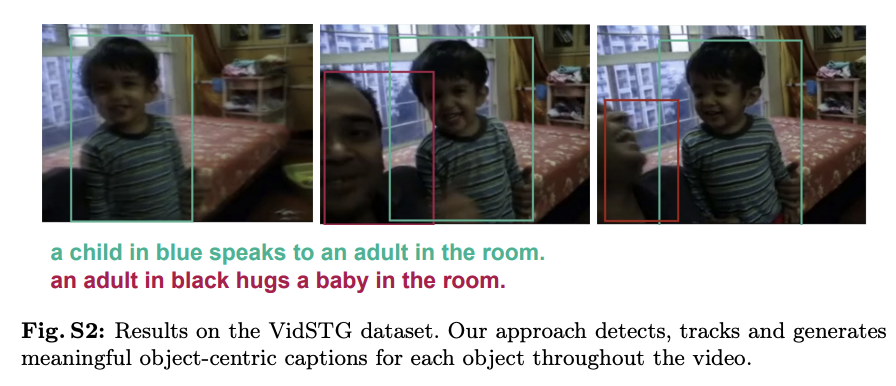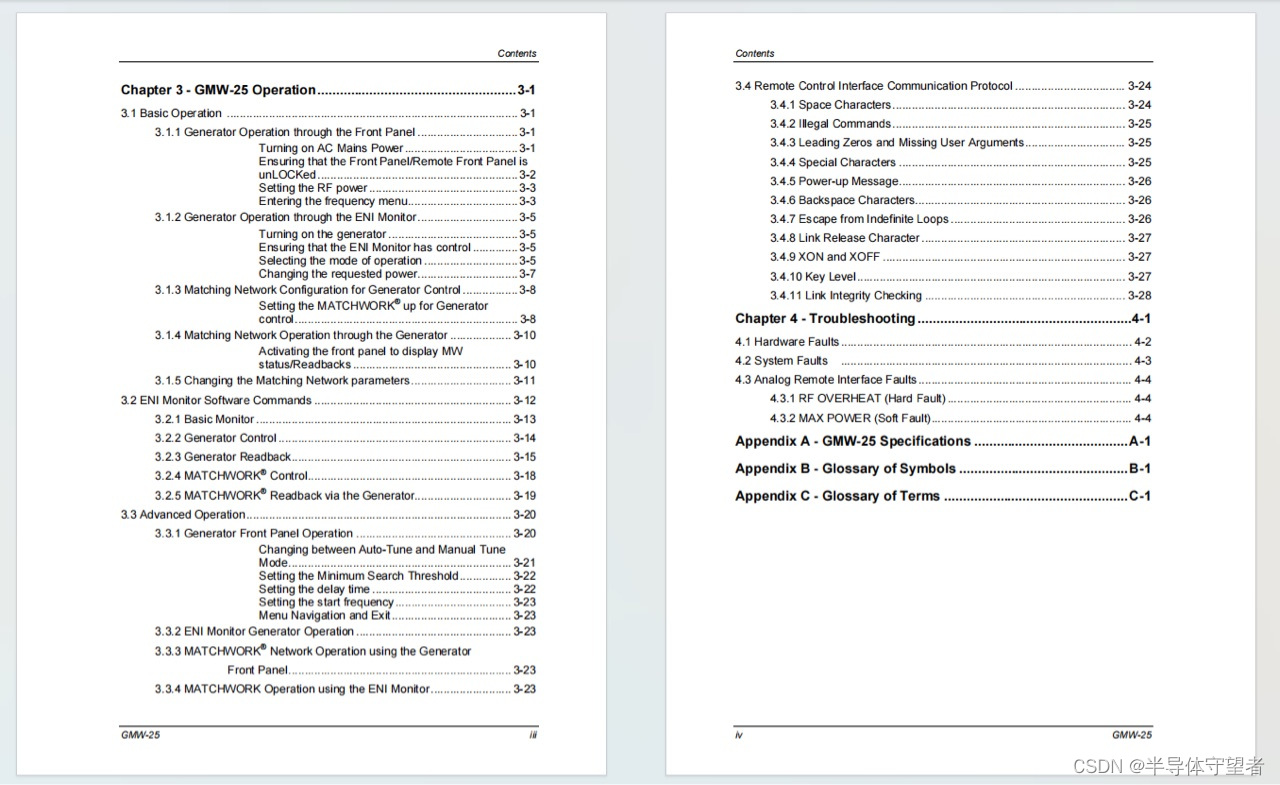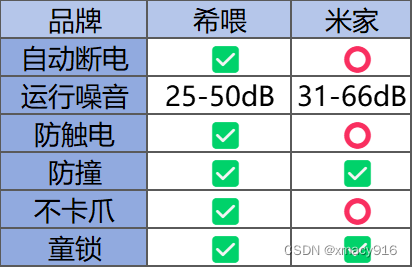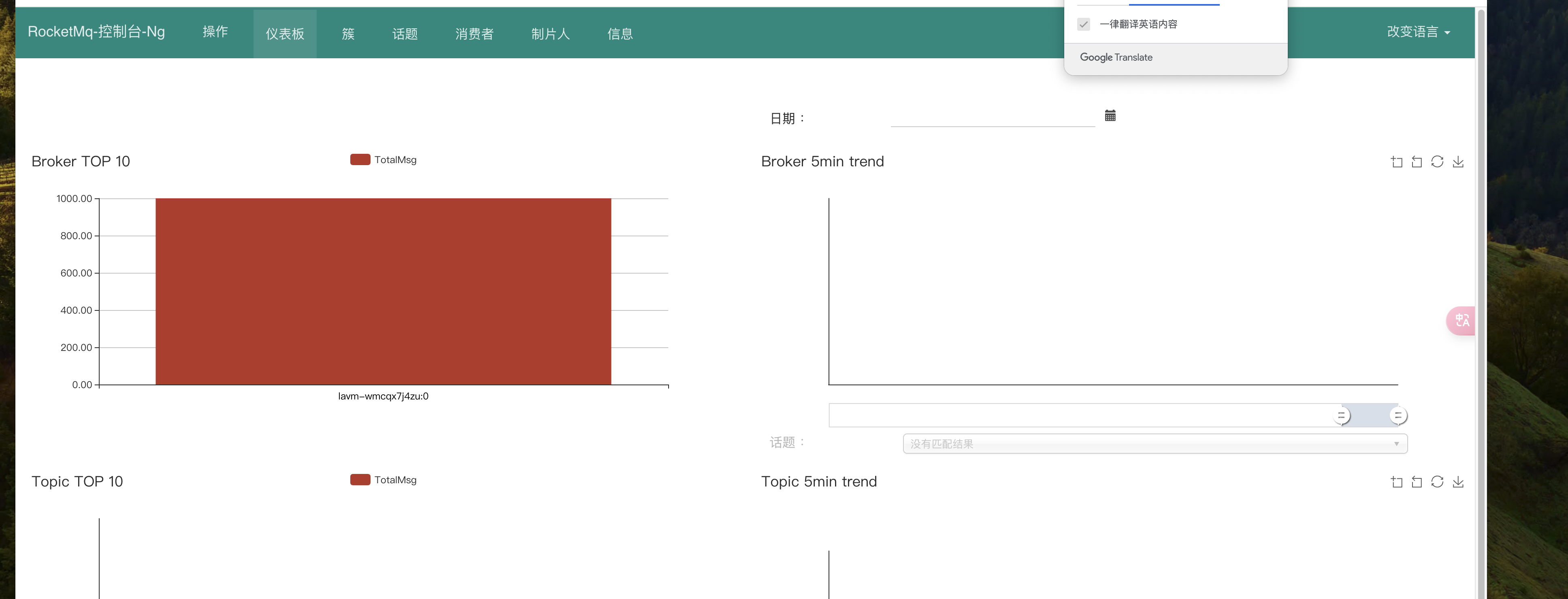基于BlockQueue的生产消费模型

Task.hpp
#pragma once
#include<cstdio>
#include<iostream>
#include<string>
#include<functional>
using namespace std;
class CalTask
{
using func_t=function<int(int,int,char)>;
//typedef function<int(int,int)> func_t;
public:
CalTask()
{}
CalTask(int x,int y,char op,func_t func):_x(x),_y(y),_op(op),_callback(func)
{}
string operator()()
{
int result=_callback(_x,_y,_op);
//构建结构字符串
char buffer[1024];
snprintf(buffer,sizeof buffer,"%d %c %d = %d ",_x,_op,_y,result);
return buffer;
}
string toTaskString()
{
char buffer[1024];
snprintf(buffer,sizeof buffer,"%d %c %d = ? ",_x,_op,_y);
return buffer;
}
private:
int _x;
int _y;
char _op;
func_t _callback;
};
int mymath(int x,int y,char op)
{
int result=0;
switch(op)
{
case '+':
result=x+y;
break;
case '-':
result=x-y;
break;
case '*':
result=x*y;
break;
case '/':
{
if(y==0)
{
cerr<<"div zero error!!!"<<endl;
result=-1;
}
else
result=x/y;
}
break;
case '%':
{
if(y==0)
{
cerr<<"mod zero error!!!"<<endl;
result=-1;
}
else
result=x%y;
}
break;
default:
break;
}
return result;
}
class SaveTask
{
typedef function<void(const string&)> func_t;
public:
SaveTask()
{}
SaveTask(const string &message,func_t func)
:_message(message),_func(func)
{}
void operator()()
{
_func(_message);
}
private:
string _message;
func_t _func;
};
void Save(const string& message)
{
const string target="./log.txt";
FILE* fp=fopen(target.c_str(),"a+");
if(!fp)
{
cerr<<" fopen error "<<endl;
return;
}
fputs(message.c_str(),fp);
fputs("\n",fp);
fclose(fp);
}Block.hpp
#pragma once
#include<iostream>
#include<queue>
#include<pthread.h>
#include<unistd.h>
using namespace std;
static const int gmaxcap=5;
template<class T>
class BlockQueue
{
public:
BlockQueue(const int& maxcap=gmaxcap)
:_maxcap(maxcap)
{
pthread_mutex_init(&_mutex,nullptr);
pthread_cond_init(&_pcond,nullptr);
pthread_cond_init(&_ccond,nullptr);
}
void push(const T& in)//输入型参数,const &
{
pthread_mutex_lock(&_mutex);
//1.判断
while(is_full())//防止向队列中多push内容->提高代码健壮性
{//生产条件不满足无法生产,需要生产者等待
//临界区:
//pthread_cond_wait 第二个参数必须为我们正在使用的互斥锁!!!
//1.pthread_cond_wait:该函数在调用的时候,会以原子性的方式将锁释放,并将自己挂起
//2.pthread_cond_wait:该函数在被唤醒返回的时候,会自动重新获取当时传入的锁
pthread_cond_wait(&_pcond,&_mutex);
}
_q.push(in);
//pthread_cond_signal即可在临界区内也可在临界区外
pthread_cond_signal(&_ccond);
pthread_mutex_unlock(&_mutex);
}
void pop(T* out)//输出型参数:*, // 输入输出型:&
{
pthread_mutex_lock(&_mutex);
while(is_empty())
{
pthread_cond_wait(&_ccond,&_mutex);
}
*out=_q.front();
_q.pop();
pthread_cond_signal(&_pcond);
pthread_mutex_unlock(&_mutex);
}
~BlockQueue()
{
pthread_mutex_destroy(&_mutex);
pthread_cond_destroy(&_pcond);
pthread_cond_destroy(&_ccond);
}
private:
bool is_empty()
{
return _q.empty();
}
bool is_full()
{
return _q.size()==_maxcap;
}
queue<T> _q;
int _maxcap;//队列中元素的上限
pthread_mutex_t _mutex;
pthread_cond_t _pcond;//生产者对应的条件变量
pthread_cond_t _ccond;//消费者对应的条件变量
}; Main.cc
#include<time.h>
#include<cstring>
#include<sys/types.h>
#include"BlockQueue.hpp"
#include"Task.hpp"
const string oper="+-*/%";
template<class C,class S>
class BlockQueues
{
public:
BlockQueue<C> *c_bq;
BlockQueue<S> *s_bq;
};
void* productor(void *bqs_)
{
//BlockQueue<Task>* bq=static_cast<BlockQueue<Task>*>(bq_);
BlockQueue<CalTask>* bq= (static_cast<BlockQueues<CalTask,SaveTask>*>(bqs_))->c_bq;
while(true)
{
//生产活动-x先用随机数构建数据
int x=rand()%10+1;
int y=rand()%5;
int operCode=rand()%oper.size();
CalTask t(x,y,oper[operCode],mymath);
bq->push(t);
cout<<"productor thread,生产数据: "<<t.toTaskString()<<endl;
sleep(1);
}
return nullptr;
}
void *consumer(void* bqs_)
{
//BlockQueue<Task>* bq=static_cast<BlockQueue<Task>*>(bq_);
BlockQueue<CalTask>* bq= (static_cast<BlockQueues<CalTask,SaveTask>*>(bqs_))->c_bq;
BlockQueue<SaveTask>* save_bq= (static_cast<BlockQueues<CalTask,SaveTask>*>(bqs_))->s_bq;
while(true)
{
//消费活动
CalTask t;
bq->pop(&t);
string result=t();
cout<<"消费任务: "<<result<<endl;
// SaveTask save(result,Save);
// save_bq->push(save);
// cout<<"consumer thread,推送保存任务完成..."<<endl;
}
return nullptr;
}
void* saver(void* bqs_)
{
BlockQueue<SaveTask>* save_bq= (static_cast<BlockQueues<CalTask,SaveTask>*>(bqs_))->s_bq;
while(true)
{
SaveTask t;
save_bq->pop(&t);
t();
cout<<"保存任务完成..."<<endl;
}
}
int main()
{
srand((unsigned long)time(nullptr));
BlockQueues<CalTask,SaveTask> bqs;
bqs.c_bq=new BlockQueue<CalTask>();
bqs.s_bq=new BlockQueue<SaveTask>();
pthread_t c,p,s;
pthread_create(&c,nullptr,consumer,&bqs);
pthread_create(&p,nullptr,productor,&bqs);
// pthread_create(&s,nullptr,saver,&bqs);
pthread_join(c,nullptr);
pthread_join(p,nullptr);
// pthread_join(s,nullptr);
delete bqs.c_bq;
delete bqs.s_bq;
return 0;
}
POSIX信号量
POSIX信号量和SystemV信号量作用相同,都是用于同步操作,达到无冲突的访问共享资源目的。 但POSIX可以用于 线程间同步。
pthread_mutex_lock(&_mutex);
while(is_empty())
{
pthread_cond_wait(&_ccond,&_mutex);
}
*out=_q.front();
_q.pop();
pthread_cond_signal(&_pcond);
pthread_mutex_unlock(&_mutex);该段代码涉及到对临界资源的访问:
1.一个线程,在操作临界资源的时候,临界资源必须是满足条件的!!!
2.公共资源是否满足生产或消费条件【我们在访问之前无法得知】
3.只能先加锁,在检测,在操作,在解锁
只要对资源进行整体加锁,就默认对资源整体使用,但是实际情况可能是一份公共资源允许同时访问不同区域。
什么事信号量???
a.信号量本质是一个计数器。->用来衡量有多少临界资源。
b.只要拥有信号量,就在未来一定能够拥有临界资源的一部分。
申请信号量的本质:对临界资源中特定小块资源的预定机制。
通过信号量可以在访问临界资源之前,提前知道临界资源的使用情况。
信号量的核心操作:PV原语


sudo find ../../ -name Thread.hppcp ../../lesson32/Thread.hpp .


















